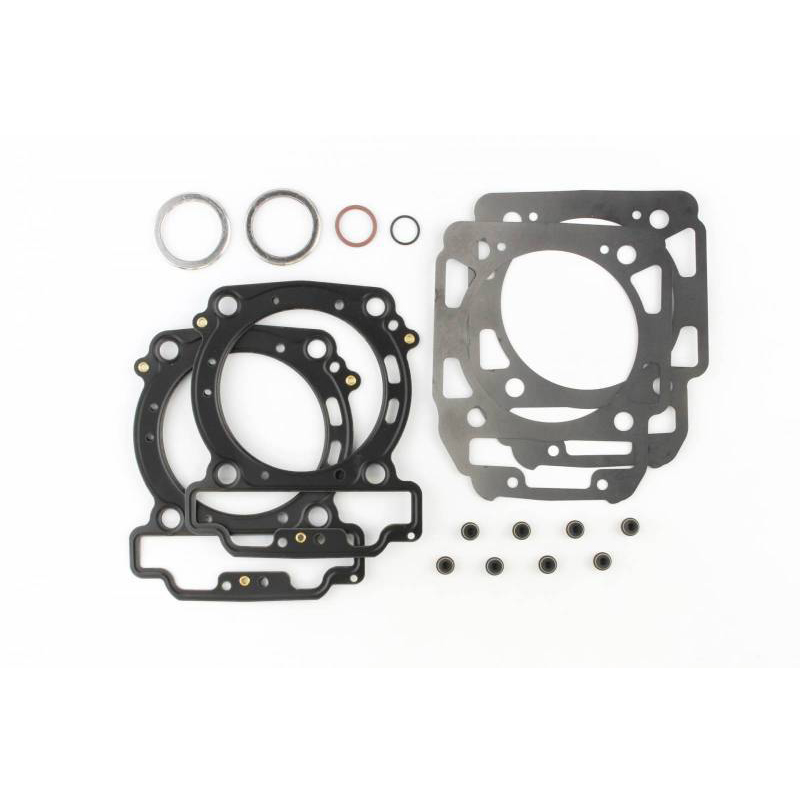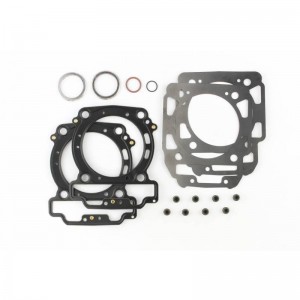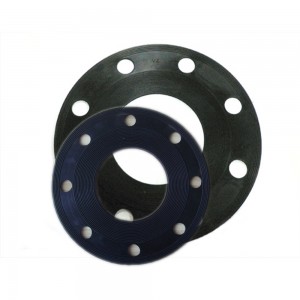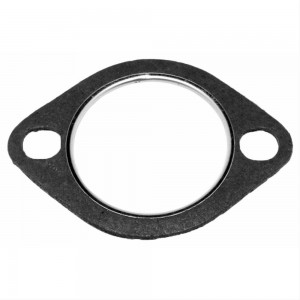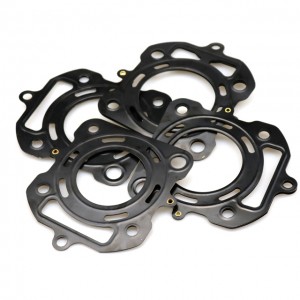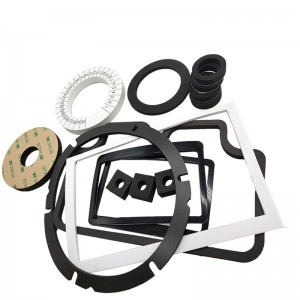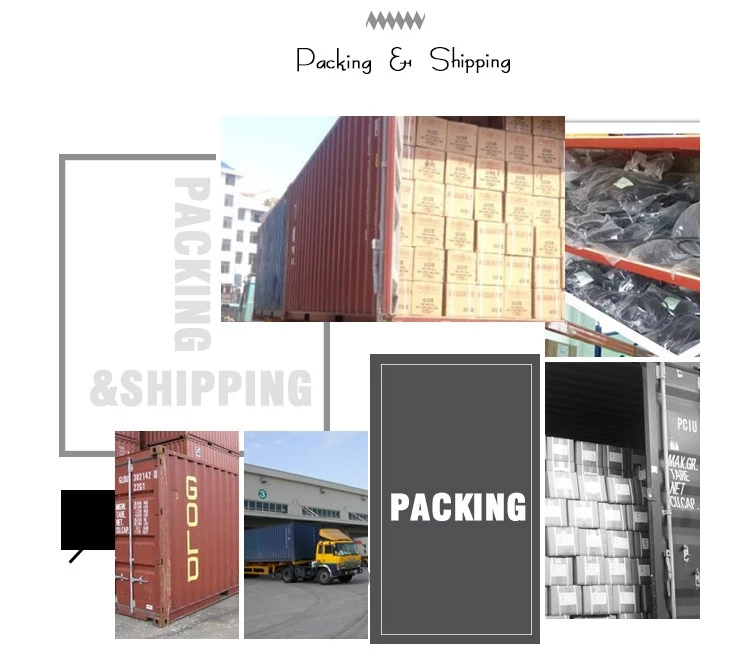In piping, a Gasket is sealing material placed between connecting flanges to create a static seal, which will maintain the leakage proof sealing in all operating conditions. Different types of gaskets are used to achieve the leak proof sealing between the pipe flange. The primary function of gaskets is to seal the irregularities of each face of the flange so that there will be no leakage of the service fluid from the flange joint.
Types of Gaskets to be used in given fluid service is depends on the parameters such as
1. Temperature – Gasket material must withstand entire design temperature range of the fluid it handles.
2. Pressure – Gasket material must withstand entire design pressure range of the fluid it handles.
3. Corrosion resistance – Gasket material should not corrode when it comes in contact with the fluid it handles or by the environmental exposure.
4. Types of fluid – Gasket material should be capable of dealing with different type of fluids if installed in line that handles more than one types of fluids.
5. Robustness – The gasket must be capable of withstanding all movement that may occur due to change in temperature and pressure.
6. Availability – Gasket should be easily
7. Cost – Cheap and unreliable gasket should not be used at the same time it should not be costly.
Selection of Gasket
Proper selection of gasket depends upon following factors.
Compatibility of the gasket material with the fluid.
Ability to withstand the pressure-temperature of the system.
The service life of the gasket
It is important to understand the requirements of particular applications before making gasket selection. Gaskets must maintain a seal for an acceptable period against all the operational forces involved. There are eight important properties which any gasket must possess to achieve this –
1. Impermeability – The gasket should not be porous to the fluid being sealed.
2. Compressibility – The gasket should compress into the imperfections on the flange sealing faces to create the initial seal.
3. Stress relaxation (creep resistance) – The gasket should not show significant flow (creep) when subjected to load and temperature. Such flow will allow the bolts to relax, reduce gasket surface stress and cause leakage.
4. Resilience – Although normally stable, flanges do in fact move slightly relative to one another under the influence of cycling temperature and pressure. The gasket should be capable of compensating for such movements.
5. Chemical resistance – The gasket should withstand chemical attack from the process medium being handled. Likewise, the gasket material itself must not contaminate the process medium.
6. Temperature resistance – The gasket should be able to withstand the effects of the maximum and minimum temperatures within the process and the external atmospheric temperatures.
7. Anti-stick – The gasket has to be easily removable after use.
8. Anti-corrosion – The gasket must not cause corrosion of the flange faces.
Types of Gaskets
There are three types of gaskets used in process piping.
Non-Metallic
Metallic
Composite
| Non-Metallic | Metallic – Ring Gasket | Composite |
| Compressed Non-Asbestos Fiber Gasket (CNAF) | Oval Ring Gasket | Spiral Wound Gaskets |
| PTPE Gasket | Octagonal Ring Gasket | Comprofile Gaskets |
| Rubber Gasket | Metal Jacketed Gasket |
All materials are treated with an anti-stick coating on both sides to better protect the gasket and the machine itself.
| Material | Gasket Type | Material | Application | Maximum Short Duration Temperatures |
| NCA-45 | Cork Gasket | Cork/synthetic rubber blend | Medium Oil resistance of most Sealing application: p Valve Covers p Oil Pans p Transmission Pans |
up to 200°C (392°F) |
| CMP-4000 | Paper Gasket | Compressed MicroPore material, combining a unique synthetic fiber matrix and fully cured Nitrile Butadiene rubber binder | Excellent ability and torque retention properties for OEM and Industrial Applications. | up to 350°C (650°F) |
| HFL-171 | Paper Gasket | Fully cured Nitrile Butadiene rubber binder | Heavy-duty and Industrial Applica- tion: p Diesel engine p Transmission p Refrigeration p Piping |
up to 290°C (550°F) |
| HFL-781 | Paper Gasket | Controlled swell gasket mate- rial with Styrene Butadiene and natural rubber binders | Heavy-duty oil sealing Application: p Diesel engine p Oil pans p Front covers |
up to 290°C (550°F) |
| M5201 | Paper Gasket | High-density material with fully cured Nitrile Butadiene rubber binder | Heavy-duty Diesel engine Application: p Oil resistance p Fuel resistance |
up to 290°C (550°F) |
| MP-15 | Paper Gasket | MicroPore with a Nitrile Butadi- ene binder | Excellent low flange pressure ability and bolt torque retention for heavy-duty applications: p Compressors p Diesel engines p Others |
up to 205°C (400°F) |
| N-8092 | Paper Gasket | Reinforced Cellulose with Nitrile binder | Excellent crush resistance at high flange pressure for Diesel Engines and Compressor Applications: p Oil p Fuel p Water |
up to 180°C (350°F) |
| PF-4S | Paper Gasket | Synthetic fibers, advanced fill- ers and Nitrile Butadiene bind- ers | Various Oil, Air, and Coolant Application: p Oil pans p Front covers p Intake manifolds p Rear seals |
up to 290°C (550°F) |
| Material | Gasket Type | Material | Application | Maximum Short Duration Temperatures | |
| RN8011 | Paper | Gasket | Low density Cellulose fiber ma- terial with high rubber filler content and Nitrile Butadiene rubber binder | Excellent sealing at low flange pressures for Oil and Water Appli- cations: p Engine p Transmission pan gaskets p Water pumps p Environmental seals |
up to 180°C (350°F) |
| S-8091 | Paper | Gasket | Latent cure Styrene Butadiene bound material with reinforced Cellulose fiber | Excellent sealing for: p Oil p Fuel p Low-pressure Steam |
up to 180°C (350°F) |
| TS-9016 | Paper | Gasket | Fully cured Styrene Butadiene rubber binder and a blend of Ar- amid and Cellulose fibers | Oil and Water Applications | up to 290°C (550°F) |
| VB-72 | Paper | Gasket | MicroPore with a Nitrile Butadi- ene binder | Heavy-duty applications: p Valve body p Applications with high fluid pressures and flow rates exposure p Erosion Resistance |
up to 290°C (550°F) |
| EMC-7201 | Metal | Gasket | Composite structure of high- density, fully cured Nitrile Butadiene bound gasket facings chemically and mechanically fused to an expanded steel core | High performance Diesel engine structural joint applications: p Gear case p Flywheel housings p High pressure hydraulic joints |
|
| HTX-900 7% | Metal | Gasket | Graphite-coated, high tempera- ture facing material chemically and mechanically fused to an expanded steel core | High strenght, thermal integrity, and anti-stick performance sealing applications: p Exhaust manifolds p Header p Collector p EGR system gaskets |
|
| ML6 | Metal | Gasket | Non-asbestos Cellulose fiber combined with Nitrile latex and thermosetting resins | High Performance, non-extruding metal support sealing application: Intake manifolds Transmission Braking system Industrial Application | up to 205°C (400°F) |
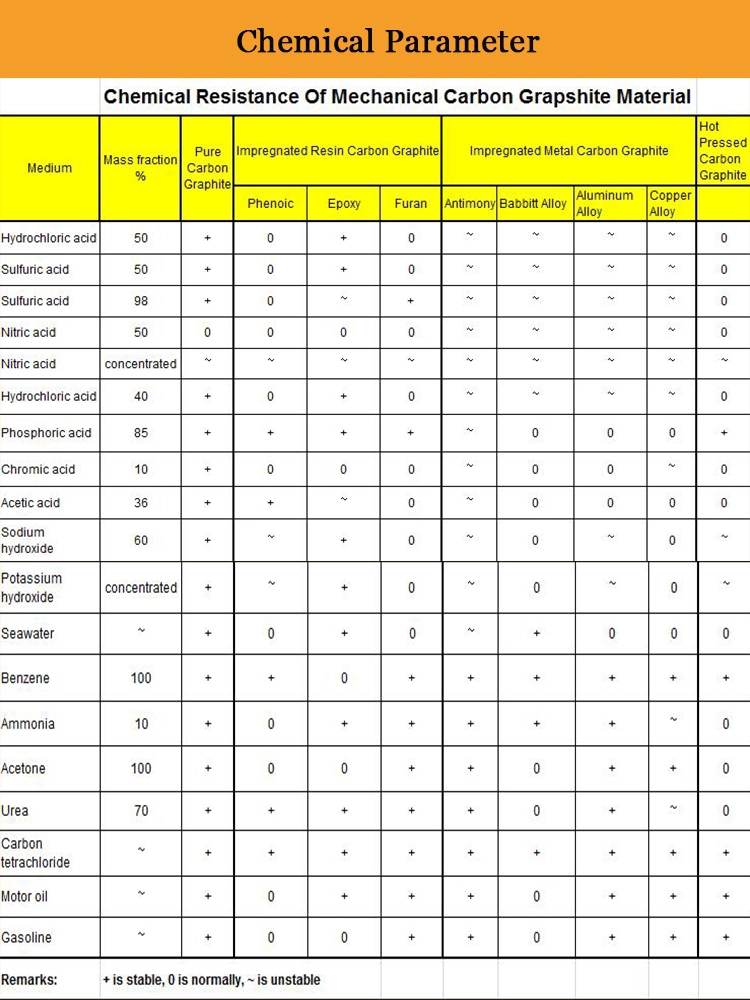
Blacking,polishing,anodize,chrome plating,zinc plating,nickel plating,tinting etc.


